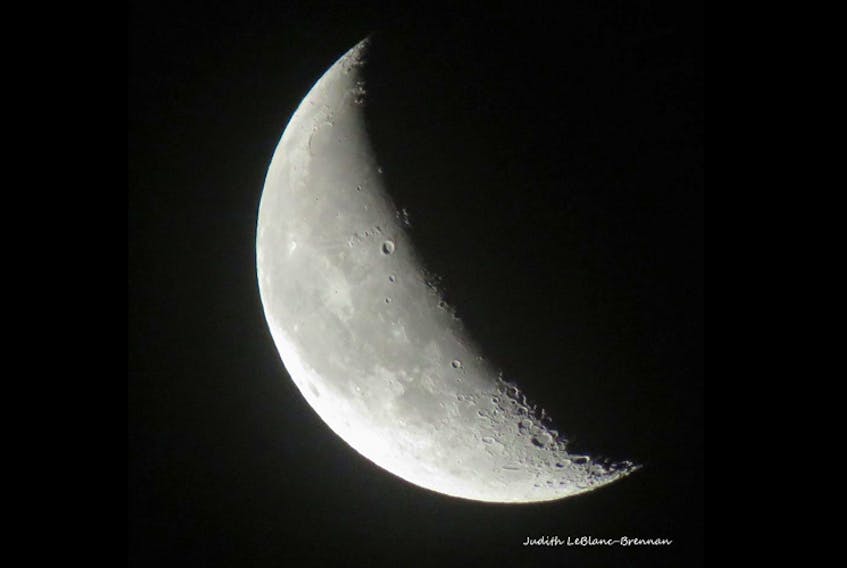Backyard astronomers will tell you that while it’s more enjoyable to be out in the summer, the night sky really shines during the colder months.
I have been getting inquiries of late about an unusually bright, star-like object, in the north-northeast sky. Archie emailed to tell me he was almost convinced it was a UFO: “The light seemed to have some colour, it was just above the horizon and it was pulsing a yellowish-orange glow.”
I think Archie has located Capella. Capella is the third-brightest star in the northern celestial hemisphere after Arcturus and Vega. Capella looks like one bright star but is in fact two stars, each with a golden colour similar to our sun.
Capella is more noticeable in the fall and early winter because of its location. Right about now, Capella is still fairly low in the sky, making it easier to spot between trees over rooftops. Its location means that in order to see it, we are looking through more atmosphere than we would be if we were looking at a star overhead. As light travels through the atmosphere, it bounces around and appears to twinkle.
If you’re interested in locating Capella, all you have to do is find the Big Dipper. The Big Dipper is a circumpolar asterism. That means that from our latitude, all of its stars are visible regardless of the time of night or time of year – assuming you have a clear northern horizon. The top two bowl stars point toward Capella.
Capella means “little goat” in Latin and in ancient times it was known as the “she goat”; the three dimmer stars below her were said to be her kids.
While you’re out there, be sure to look around. Moonlight won’t interfere with your star search because we have an old crescent moon tonight, only 16 hours from its new moon phase, tomorrow. You’ll find Mars in the south at dusk; it sets in the west near midnight.
Happy sky watching!









